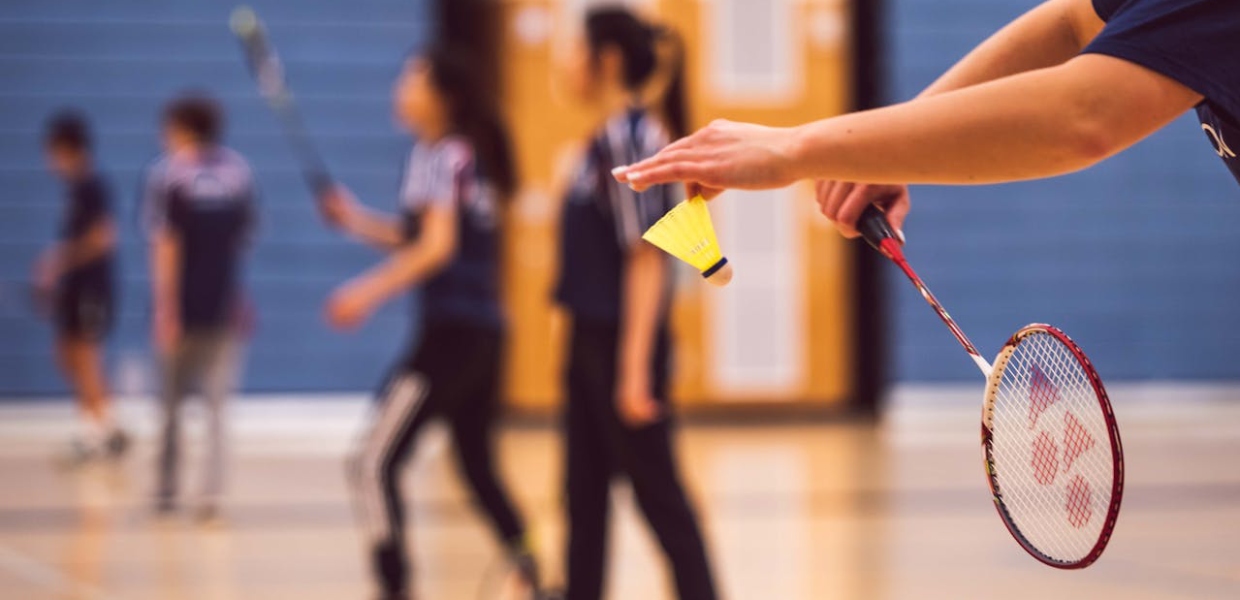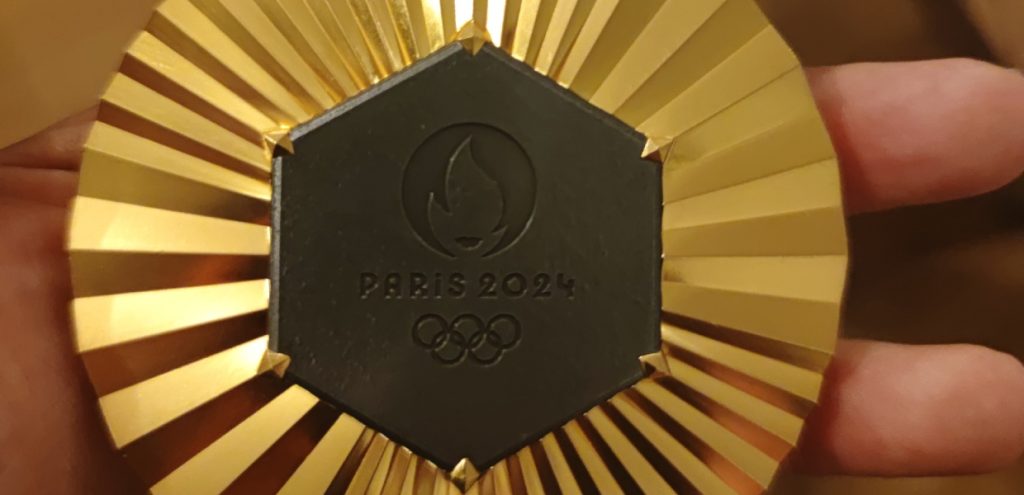Blog
The Science of Badminton: Game Characteristics, Anthropometry, Physiology, Visual Fitness and Biomechanics

Introduction to the Article
The article, The Science of Badminton: Game Characteristics, Anthropometry, Physiology, Visual Fitness, and Biomechanics, written by Michael Phomsoupha and Guillaume Laffaye, delves into the intricate details that define high-level badminton performance. As one of the most popular racket sports in the world, badminton presents unique challenges and demands on its players, blending physical exertion, technical precision, and mental acuity. This review provides a thorough examination of how various scientific disciplines—ranging from physiology to biomechanics—can enhance our understanding of the sport and inform training practices.
Summary of Key Aspects
Badminton is characterized by its high intensity, brief rallies, and the need for quick recovery during short rest intervals. These features demand a sophisticated combination of energy systems, with approximately 60–70% of the energy derived from aerobic metabolism and 30% from anaerobic pathways, especially the alactic system. The authors highlight that elite players consistently operate at over 90% of their maximum heart rate, underscoring the sport’s physiological intensity.
The article also explores the anthropometric traits common among badminton players. Research tends to show that badminton players are tall, lean, and ectomesomorphic body type, suited to the high physiological demands of a match.
Several factors contribute to success in this sport, including technique and tactics. Badminton players need great physical ability, especially agility, aerobic strength and explosive power, in order to perform efficiently. Performance is determined by the relationship of speed, agility, flexibility, shoulder strength, explosive strength and muscular endurance which show a significant relationship with playing ability.
In terms of match demands Badminton is a racket sport in which the temporal structure of an individual game or match is characterized by actions of short duration and high intensity coupled with short rest periods. Indeed, a typical match characteristic is a rally time of 7 s and a resting time of 15 s, with an effective playing time of 31%. Competitive matches last 40 min to 1 h. Match duration, work density and rest time are greater in men’s singles than in women’s singles. Successful players made. fewer forced or unforced errors and the number of unforced errors affects the result.
Visual and cognitive skills are equally important in badminton. The study emphasizes that elite players possess exceptional visual reaction times and the ability to anticipate their opponents’ movements based on subtle cues. This advanced perception is supported by heightened neural activity in areas of the brain responsible for visual and motor coordination.
Biomechanics plays a crucial role in maximizing performance. The authors describe how players generate power through sequential joint actions and use the racket’s deflection to produce high shuttlecock velocities. This precise coordination of movement allows for the execution of powerful and accurate shots, vital in high-level competition. Lunging is an integral part of competitive athletes’ movement repertoires representing 17.86 ± 4.83 % of movements performed during a singles match. Lunging is determined by strength qualities (strength, flexibility, leg length) and uses different techniques.
Conclusions and Practical Applications
The article’s strength lies in its interdisciplinary approach, which integrates insights from physiology, biomechanics, and psychology to present a holistic view of badminton performance. For coaches, this study provides a valuable framework for designing training programs understanding the demands of real matches.
An understanding of the temporal dynamics of the game could be used to design training schedules that reflect players’ metabolic requirements, based on the known ratio of action time to rest time of approximately 1:2, and the high intensity and demands of rallies. The contribution of racket deflection to shuttlecock launch velocity suggests that a specific racket needs to be found for each player. Moreover, kinematic analysis reveals a specific coordination of events in the sequential proximo-distal joint action chain. This knowledge could help coaches focus on the specific action of each joint during the stroke, and design a training program that increases shuttlecock velocity.
Phomsoupha M, Laffaye G. The science of badminton: game characteristics, anthropometry, physiology, visual fitness and biomechanics. Sports Med. 2015 Apr;45(4):473-95. doi: 10.1007/s40279-014-0287-2. PMID: 25549780.



